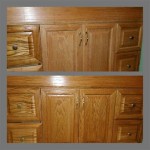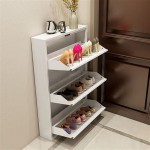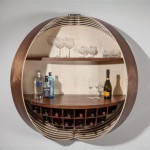Kitchen cabinets are an essential part of any kitchen, providing storage for everything from food and dishes to small appliances. Over time, cabinets can become worn and outdated, making it necessary to replace them. Replacing kitchen cabinets can be a daunting task, but with the right steps, you can make the process easier and get the new look you want.
The first step in replacing your kitchen cabinets is to measure your current cabinets to make sure the new ones will fit in the space. Measure the height, width, and depth of the cabinet boxes and note the measurements. Next, decide what type of cabinets you want to install. There are a variety of options available, including ready-to-assemble cabinets, stock cabinets, semi-custom cabinets, and custom cabinets. You should also consider the type of material you want to use: wood, metal, laminate, or a combination of these materials. After selecting the type and material, you will need to decide on the style, color, and hardware.
Once you have chosen your new cabinets, you can begin the process of removing the old cabinets. This can be done in a few steps. First, remove any shelves, doors, and drawers from the cabinets. Then, remove the screws that hold the cabinets to the wall. If the cabinets are installed with adhesive, use a putty knife to loosen the adhesive and remove the cabinets. Finally, take the cabinets away and dispose of them properly.
The next step is to prepare the area for the installation of the new cabinets. This includes measuring and marking the wall for the location of the cabinets, as well as making sure the wall is level and structurally sound. Once the area is ready, you can begin installing the new cabinets. If you are installing ready-to-assemble cabinets, you will need to follow the instructions provided with the cabinets. If you are installing stock or semi-custom cabinets, the cabinets should come pre-assembled and you can simply attach them to the wall. For custom cabinets, you should hire a professional to install them.
After the new cabinets are installed, you can begin to add the hardware. This includes door handles, drawer pulls, and hinges. You can also add additional features, such as crown molding, molding accents, and decorative trim pieces. The last step is to add your own personal touch to the cabinets by painting or staining them, or adding decorative accents.
Replacing kitchen cabinets can be a time-consuming and expensive project. However, with the right planning and preparation, you can create a beautiful new look for your kitchen. With the right materials, style, and accessories, you can make your kitchen a more enjoyable and functional space.










Related Posts








